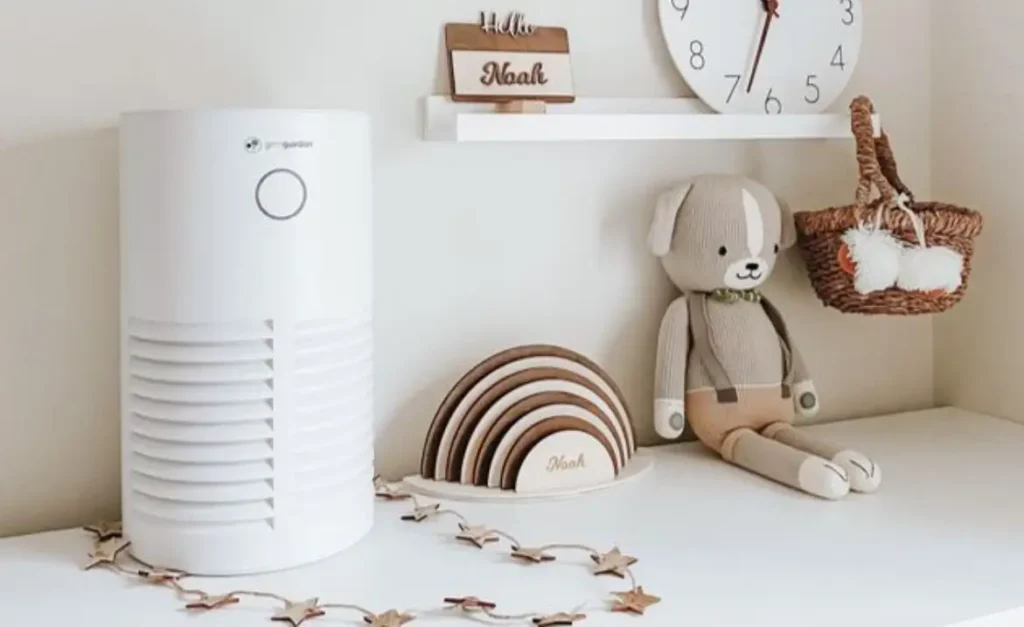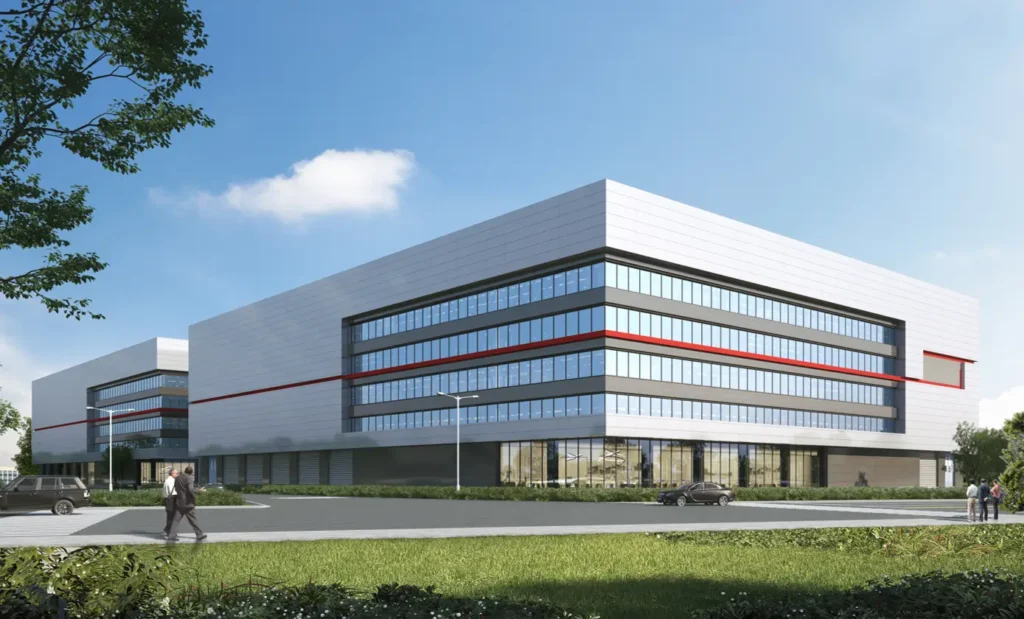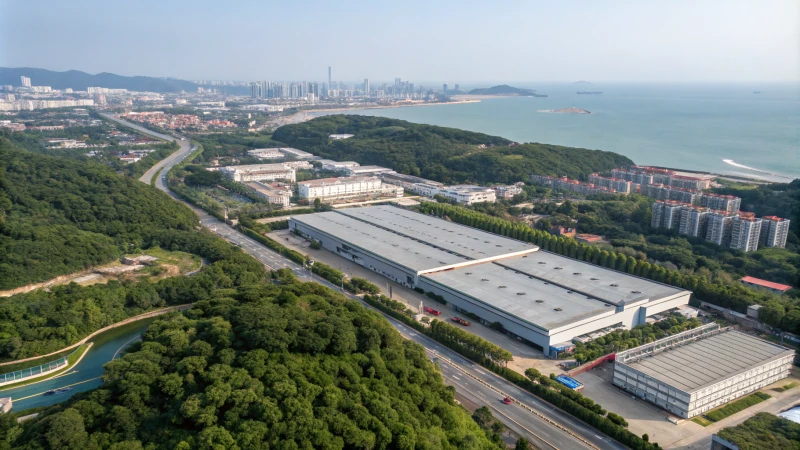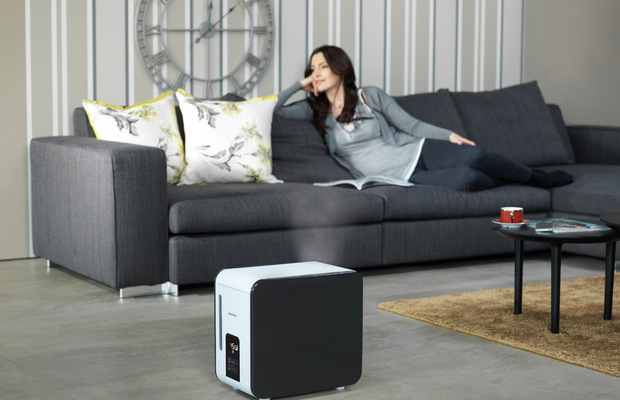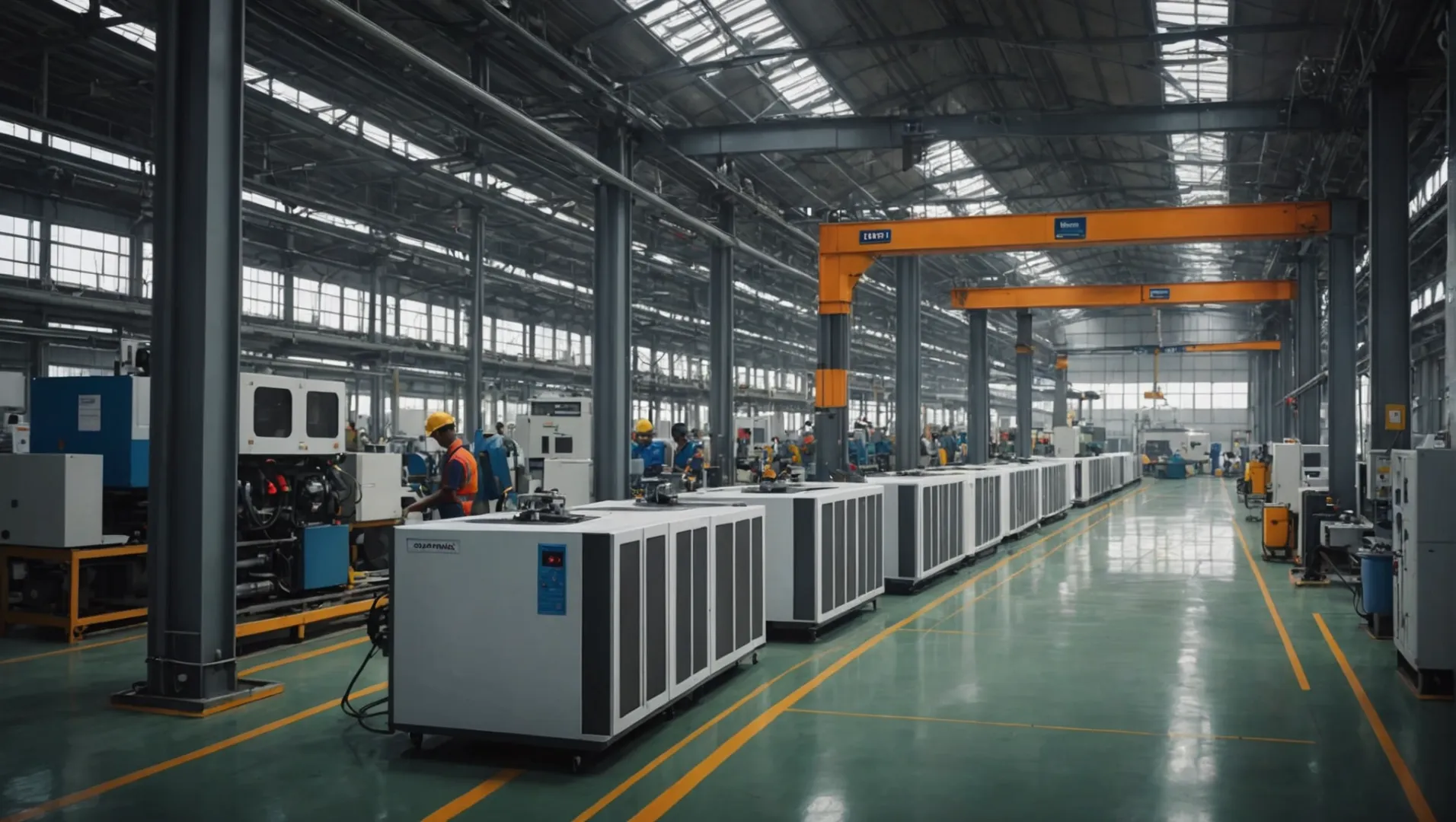
私たちが呼吸する空気は単なる必需品ではなく、私たちの健康に欠かせない要素である。空気の質に対する世界的な意識の高まりとともに、空気清浄機業界はかつてないほどの活況を呈している。
中国が空気清浄機の生産でリードしているのは、その強固なサプライチェーンと長年にわたる製造の専門知識によるものである。しかし、需要増に対応し関税を回避するために中国からの輸入材料を活用する新しい組立工場によって、インドの存在感が増している。
中国とインドの空気清浄機生産のダイナミクスを理解することは、企業にとっても消費者にとっても同様に貴重な洞察を提供します。この業界の競争優位性、市場戦略、将来展望を探る。
中国は空気清浄機の生産で世界をリードしている。真
中国の広範なサプライチェーンと製造に関する専門知識は、中国をリードしている。
中国が空気清浄機製造で優位に立つ理由とは?
空気清浄機製造における中国の優位性は、その広範なサプライチェーンと専門知識に根ざしている。
中国は、その包括的なサプライチェーン、高度な技術、豊富な経験により、空気清浄機製造に秀でており、世界の主要拠点となっている。
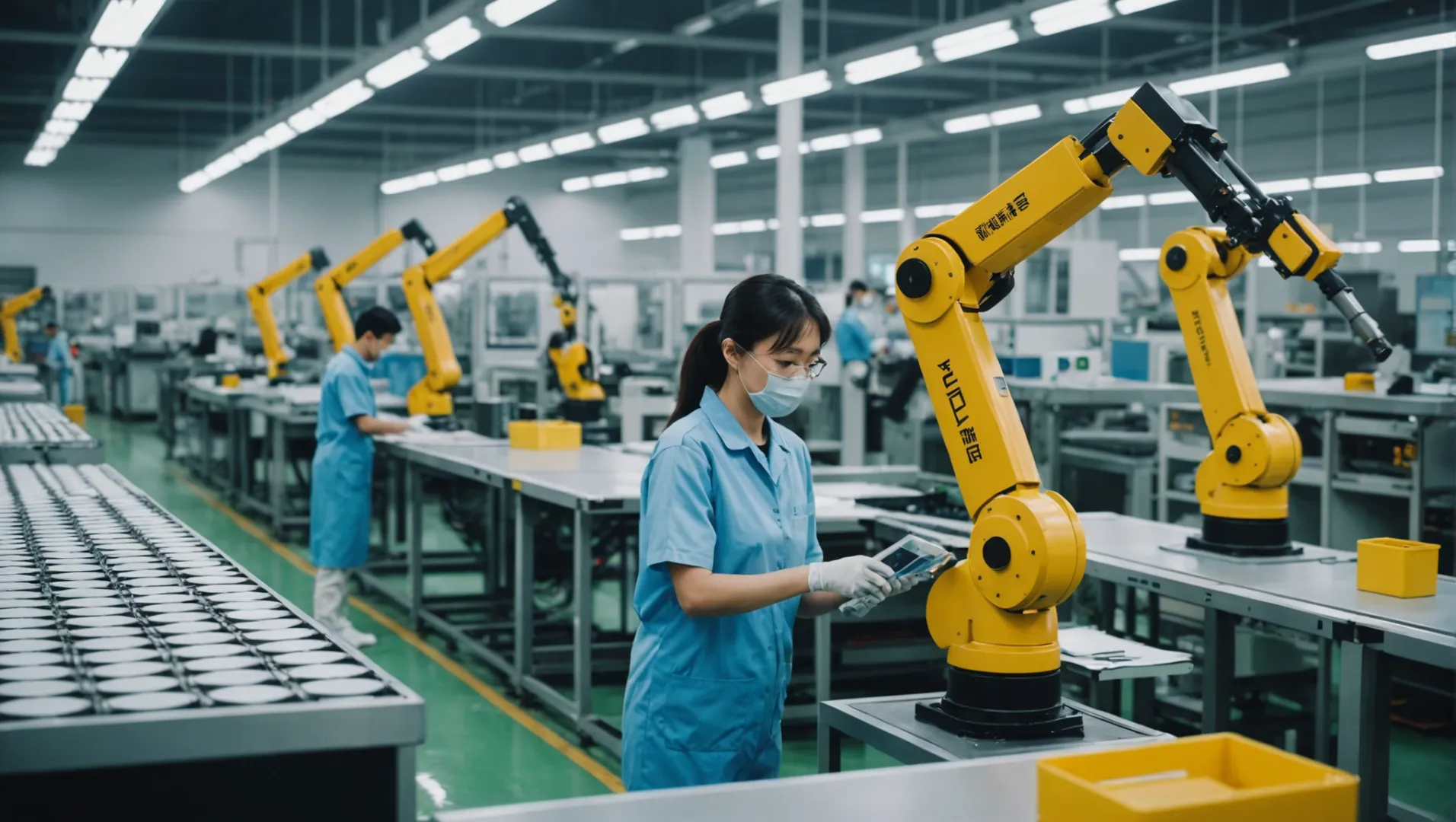
広範なサプライチェーン・インフラ
中国が空気清浄機製造のリーダーとしての地位を確保した主な理由のひとつは、その確立されたサプライチェーン・インフラである。中国は数十年にわたり、原材料から最先端技術まであらゆるものを提供するサプライヤーのネットワークを構築してきた。この統合されたアプローチにより、メーカーはコストを抑え、効率的な生産を行うことができる。これは企業にとって、競争力のある価格設定と迅速な生産サイクルの恩恵を受けられることを意味し、ペースの速いグローバル市場には欠かせない。
高度な製造能力
中国は製造技術と設備に多大な投資を行っており、高品質の製造基準を満たすことを保証している。同国は次の代名詞となっている。 革新性と拡張性1を設立し、手頃な価格のモデルから最新技術を搭載したハイエンドの清浄機まで、幅広い製品を提供している。こうした能力は、国内のニーズに応えるだけでなく、世界市場にも対応し、中国の優位性をさらに確固たるものにしている。
戦略的市場ポジショニング
中国メーカーの戦略的位置づけは、世界各地のさまざまな需要に対応することを可能にしている。さまざまな地域の消費者ニーズを理解することで、中国企業は製品をカスタマイズし、HEPAフィルターやスマート・コネクティビティなどの機能を提供することができる。消費者の空気環境問題への意識が高まる中、この適応性は極めて重要である。
長年の専門知識
製造業では経験が重要であり、中国には長年にわたる経験がある。この国の専門知識は、市場のダイナミクスの変化に素早く対応し、革新する能力に反映されている。この長年の専門知識は、中国メーカーが市場のトレンドやニーズを効果的に予測できることを意味する。その結果、インドのような新興企業に対する競争力を維持しているのだ。
課題と機会
こうした強みにもかかわらず、国際関税や環境問題など、中国メーカーが乗り切らなければならない課題もある。しかし、こうした課題はまた、他の地域や市場への多角化の機会にもなる。
結論から言えば、中国の 空気清浄機製造における優位性2 その理由は、包括的なサプライチェーン、高度な技術、数十年にわたる専門知識が一体となって、世界市場で圧倒的な存在感を示しているからである。
中国のサプライチェーンが空気清浄機のコストを低く抑えている。真
中国の統合されたサプライチェーンは、コスト効率の高い生産を可能にしている。
中国には浄化装置の高度な製造技術がない。偽
中国は先進的な製造技術に多額の投資を行ってきた。
インドの空気清浄機市場はどのように進化しているのか?
インドの空気清浄機市場は、戦略的転換によって変革の兆しを見せている。
インドの空気清浄機市場は、関税障壁を克服し、国内外の需要に応えることを目指し、輸入部品を使用した戦略的な組立作業を通じて発展している。
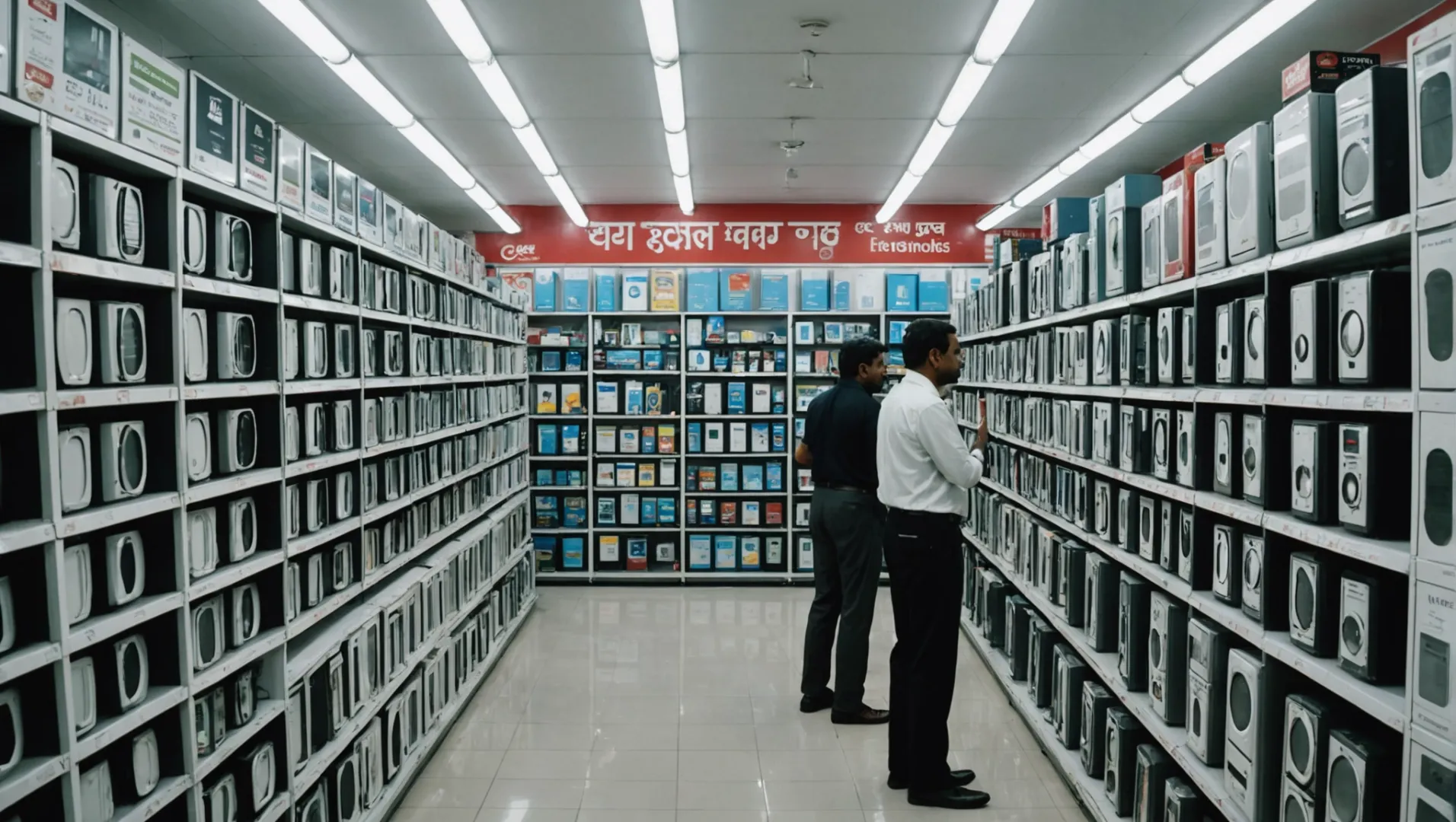
高まる国内需要
インドの各都市で大気汚染レベルが上昇したことで、空気清浄機の需要が大幅に増加している。健康とウェルネスに対する意識が高まるにつれ、こうした機器に投資する都市部の家庭が増えている。こうした需要の高まりは、売上を押し上げるだけでなく、インド国内でビジネスチャンスを探ろうとする海外メーカーを惹きつけている。
戦略的組立作業
高い輸入関税を回避するために、いくつかの企業がセミノックダウン(SKD)アプローチである。これは、主要部品を中国などから輸入し、国内で組み立てるというものである。この戦略は、メーカーが競争力のある価格の製品を提供することを可能にすると同時に、地元での雇用創出と技能開発を促進する。このようなオペレーションは、より強固な 製造エコシステム3.
政府の取り組みと支援
インド政府による「メイク・イン・インディア」や外国直接投資(FDI)に対する優遇政策などのイニシアチブは、グローバル企業がインドに製造拠点を設けることを後押ししている。現在、空気清浄機市場は輸入に支配されているが、こうした政策によって現地生産が増加し、中国からの輸入品への依存度が低下する可能性がある。
インドの比較優位
インドはベトナムやタイのような東南アジア諸国と比較すると、製造部門を移転する最初の選択肢ではないかもしれないが、大きな国内市場の可能性を提供している。購買力の高まる急成長中の中産階級の存在により、インドは将来の投資先として魅力的な見通しとなっている。
国際貿易ダイナミクスの影響
国際貿易政策と関税は生産戦略に大きな影響を与える。米国のような市場で中国からの輸入品に関税が課される中、製造拠点の多様化を目指す傾向が強まっている。インドは、企業が一国への過度な依存に伴うリスクを軽減するために、徐々にではあるが、こうしたシフトから恩恵を受ける立場にある。
将来の展望
インドの空気清浄機市場の進化は、継続的な需要の伸び、効果的な政策の実施、インフラの進歩にかかっている。環境意識の高まりと技術の向上に伴い、世界の空気清浄機産業における主要プレーヤーとしてのインドの潜在力は、目覚ましい発展を遂げる可能性がある。
インドの空気清浄機市場はSKD事業が牽引している。真
SKDの操業は、関税の削減と地元製造業の活性化に貢献する。
インドの空気清浄機市場は、政府の政策の影響を受けない。偽
メイク・イン・インディア」のような政府のイニシアチブは、現地生産を奨励している。
生産戦略の形成において関税が果たす役割とは?
グローバル化した貿易の時代において、関税は製品がどこで、どのように製造されるかに大きく影響する。
関税はメーカーに生産戦略の見直しを迫り、多くの場合、組立工場を関税の安い地域に移転させる。この再編成は、コスト削減とターゲット市場における競争力のある価格維持に役立つ。
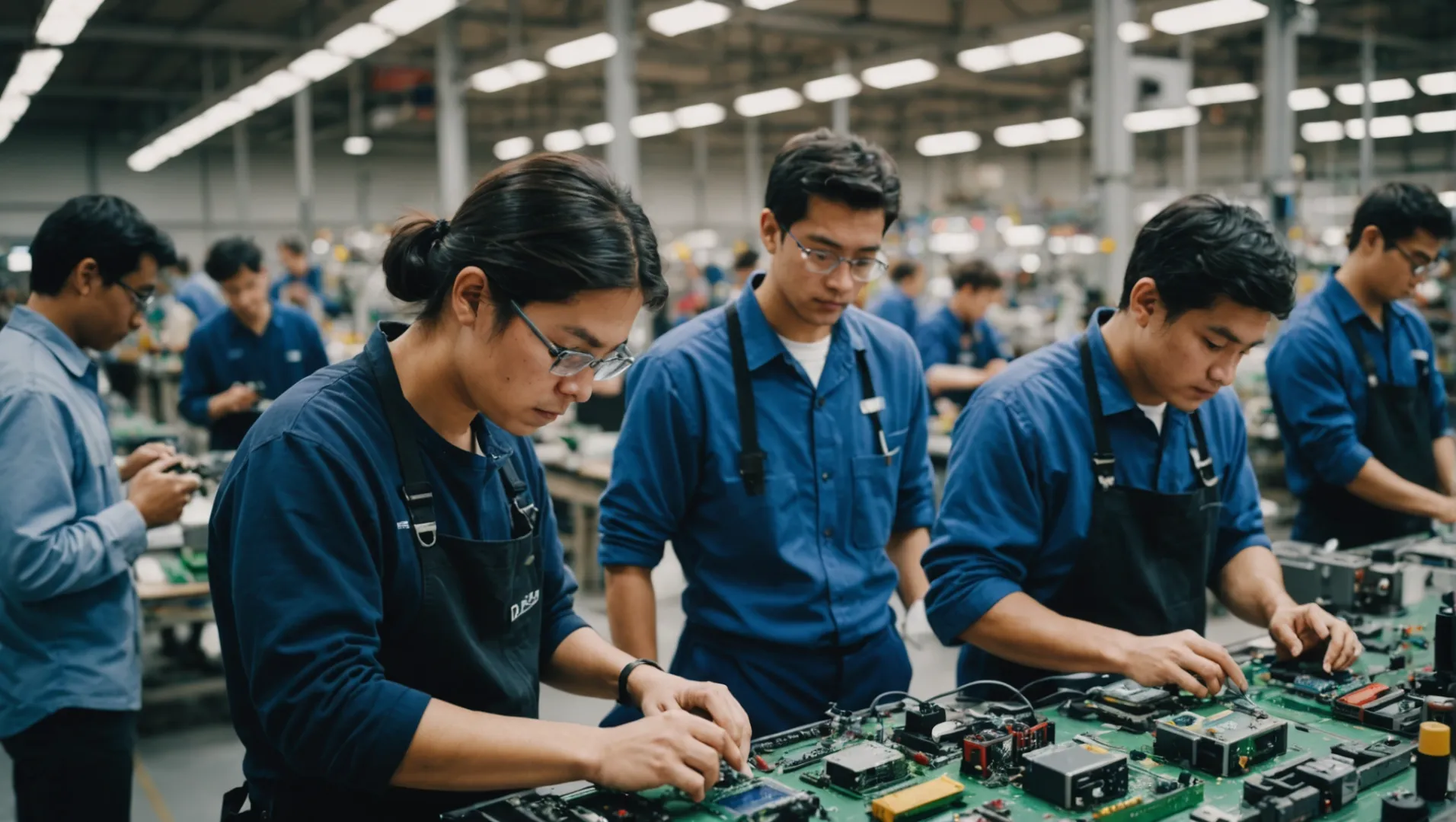
関税が世界の製造業に与える影響
関税は、企業がどこで商品を生産するかに影響を与えることで、世界の製造業の状況を形成する上で極めて重要である。例えば、米国が中国製品に課した高関税は、メーカーに収益性を維持し、価格上昇を回避するために、中国以外の選択肢を模索するよう促している。
戦略的移転と組み立て
一般的な戦略のひとつは、より有利な貿易条件の国への組立作業の移転である。空気清浄機業界では、企業は以下を選ぶかもしれない。 セミ・ノックダウン(SKD組み立て4 をインドで行う。中国から部品を輸入し、インドで組み立てることで、輸入関税を削減し、費用対効果を高めるというアプローチである。
比較分析:インド対東南アジア
インドが現実的な選択肢になりつつある一方で SKD ベトナム、マレーシア、タイのような東南アジア諸国は、その確立されたインフラストラクチャーと中国への近接性により、依然として魅力的である。
| 国名 | メリット | 課題 |
|---|---|---|
| インド | 有利な関税、成長する市場の可能性 | 限られた現在の市場需要 |
| ベトナム | 確立された物流、中国への近さ | 新興市場、インフラはまだ発展途上 |
| マレーシア | 強力な貿易協定、熟練労働力 | 国内市場が他と比べて小さい |
| タイ | 多角化した製造業 | 地域別競争力 |
生産戦略への長期的な影響
関税が国際貿易政策に基づいて変動し続ける中、製造業者は機敏さを維持しなければならない。長期的な戦略としては、生産拠点を多様化し、安定した経済政策や貿易協定を結んでいる国に投資することが考えられる。
こうした複雑な貿易環境を効果的に乗り切ることができる企業は、グローバル市場での競争力を維持することができる。こうした力学を理解することは、関税情勢の変化に対応して生産戦略を最適化しようとする関係者にとって極めて重要である。
関税はしばしば組立工場の移転につながる。真
関税は、製造業者が関税の優しい地域に事業を移転することに影響を与える。
インドはSKDの組み立てにおいてベトナムより不利である。偽
インドには有利な関税が適用されるため、SKDの拠点として有力である。
中国製空気清浄機に代わるものはあるか?
サプライチェーンへの懸念から、多くの人が中国製の空気清浄機に代わるものを求めている。
そう、中国製空気清浄機の代替品は存在するのだ。米国、日本、韓国、インドの新興市場などのブランドは、競争力のある製品を提供している。こうした代替製品は、革新的な技術、持続可能性、現地市場のニーズに重点を置いていることが多く、品質と倫理的な調達を優先する消費者にアピールしている。
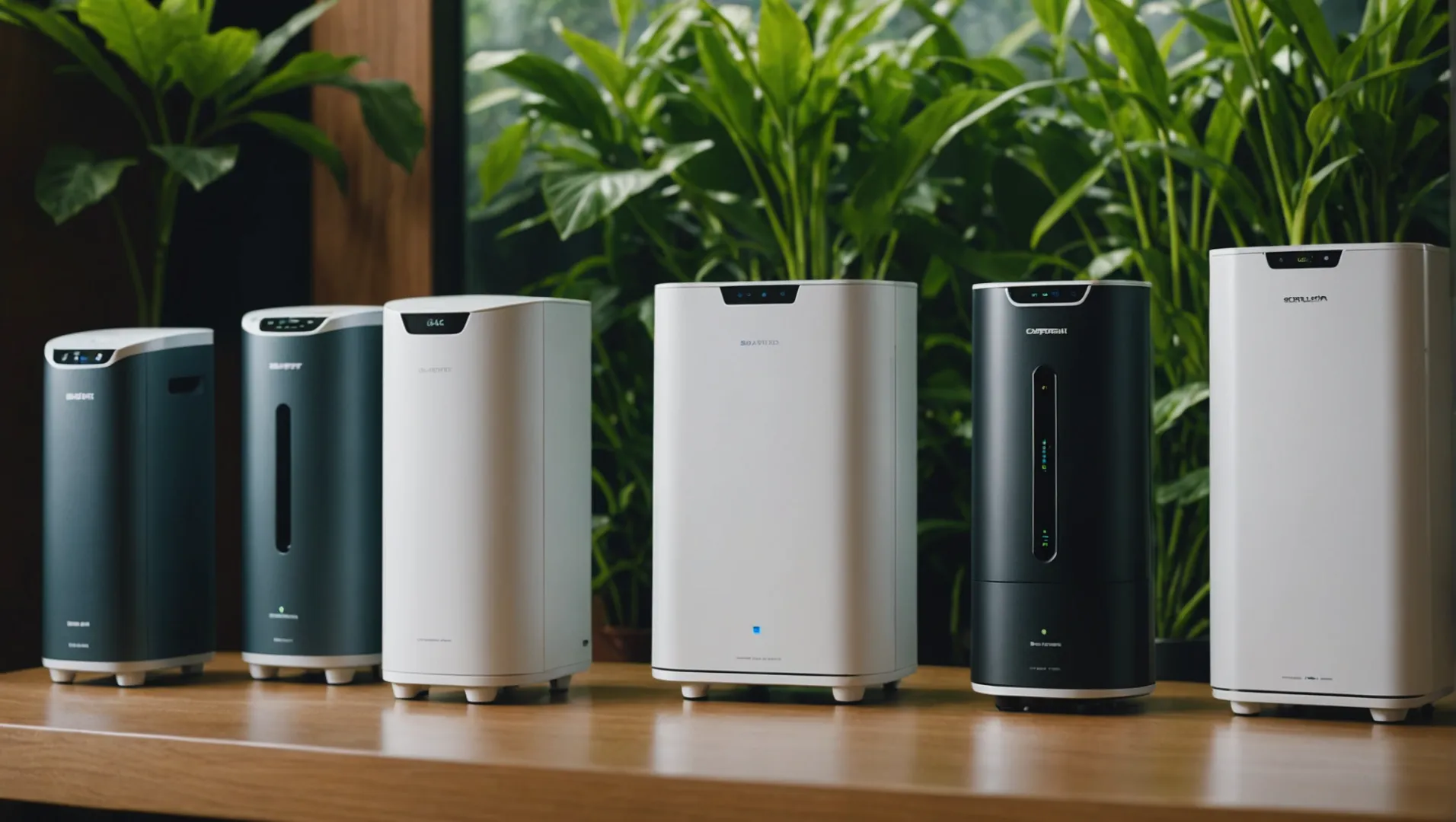
世界の空気清浄機ブランドを探る
空気清浄機市場の拡大に伴い、中国の製造能力に代わる可能性を秘めた国がいくつか現れている。そのひとつが 米国5 そして 日本6 は、その高品質な製造基準と革新的な技術で有名である。これらの国は、高度なろ過方法と、ハイテクに精通した消費者に応えるスマートな機能を優先している。
韓国のイノベーションの役割
韓国は家電業界で大きな進歩を遂げた。以下のようなブランドである。 サムスン7 そして LG8 を統合した空気清浄機を提供している。 IoT (モノのインターネット)機能を搭載し、スマートフォン経由で空気品質を遠隔監視できる。このようなイノベーションは、スマートホームへのシームレスな統合を求めるデジタルネイティブな消費者の成長市場にアピールする。
インド市場の新たな役割
インドは国内の空気清浄機生産がまだ発展途上である一方、関税と生産コストの低さを利用しようとする国際ブランドにとっては、有望な組立ハブとしての役割を果たしている。中国から部品を輸入してインドで組み立てるという戦略は、次のように知られている。 SKD (Semi Knocked Down)は、輸入関税の引き下げにより、米国市場での費用対効果の高い流通を可能にしている。この傾向が強まるにつれて、消費者は中国製モデルに匹敵する性能を備えた、より手頃な価格の選択肢を期待できるようになる。
持続可能性と倫理的生産
消費者はますます持続可能性を優先するようになり、環境にやさしく倫理的に製造された空気清浄機への需要が高まっている。欧州の企業は、持続可能な素材とエネルギー効率の高い設計に注力することで、この流れをリードしている。こうした取り組みは、環境意識の高い消費者にアピールするだけでなく、世界的な持続可能性の目標にも合致している。
品質とコスト:消費者は何を考慮すべきか?
代替製品を評価する際、消費者は製品の寿命、エネルギー効率、フィルター交換費用、アフターサービスなどの要素を考慮する必要がある。非中国ブランドは割高かもしれないが、優れた保証とカスタマー・サポートを提供していることが多い。
まとめると、空気清浄機製造では中国が依然として圧倒的な強さを誇っているが、それに代わる有力な選択肢は世界中に存在する。これらの選択肢は、最先端技術から持続可能な手法まで、さまざまな消費者の嗜好に対応している。
米国の空気清浄機はスマートな機能で知られている。真
米国ブランドは、高度なろ過とスマート技術に重点を置いている。
インドは完全組み立て式の空気清浄機を世界中に輸出している。偽
インドではSKD方式で空気清浄機を組み立て、現地で販売している。
結論
中国が空気清浄機の生産大国であることに変わりはないが、インドの潜在力は急成長している。市場の需要や関税が変化する中、こうした変化を注視することで、より賢明な購買決定を行うことができる。
-
製造技術と拡張性における中国の進歩を探る..:中国は経済発展において新たな段階に達し、大学や国内企業のイノベーション能力が格段に向上している。 ↩
-
なぜ中国が世界の空気清浄機生産をリードしているのか?中国は現在、優れたコスト効率、生産能力、研究開発能力を誇り、空気清浄機の生産で世界をリードしている。 ↩
-
SKDはCKDとCBUの中間に位置し、CKDに比べ試験や品質チェックの工程が少ない:SKDはCKDとCBUの中間に位置し、CKDよりもテストや品質チェックの工程が少なく、少し手間が省けます。 ↩
-
SKDアセンブリが生産コスト削減にどのように役立つかをご覧ください:本国の製造工場で生産された完成車両は、工場に輸送され、そこで分解や組み立てが行われる。 ↩
-
革新的な空気清浄技術で知られる米国の一流ブランドを調査:私のリサーチでは、Molekule、Blueair、Levoitがクラス最高の選択肢として繰り返し推奨されていた。そこで、この3つを試してみた。以下では、この3ブランドについて詳しく説明する。 ↩
-
日本ブランドがいかに空気清浄の技術革新に優れているかをご覧ください:シャープ FU-L30-W プラズマクラスター 7000 空気清浄機 最新モデル ウイルス 花粉 10畳 ホワイト.通常価格: $340.00.セール価格: $340.00 セール。 ↩
-
サムスンの空気清浄機のスマート機能についてご紹介します:当社の空気清浄機の多くは、0.3㎛の超微細塵の99.97%を除去し、捕捉された細菌の拡散を妨害する革新的なHEPA濾過システムが含まれています。 ↩
-
空気清浄機にIoTを統合するLGのアプローチを理解する:静かな動作。LGのスマート・インバーターは、23dBという低いノイズ・レベルで、空間を平和で静かに保ちながら空気を清浄します。子供に優しいデザイン ... ↩



